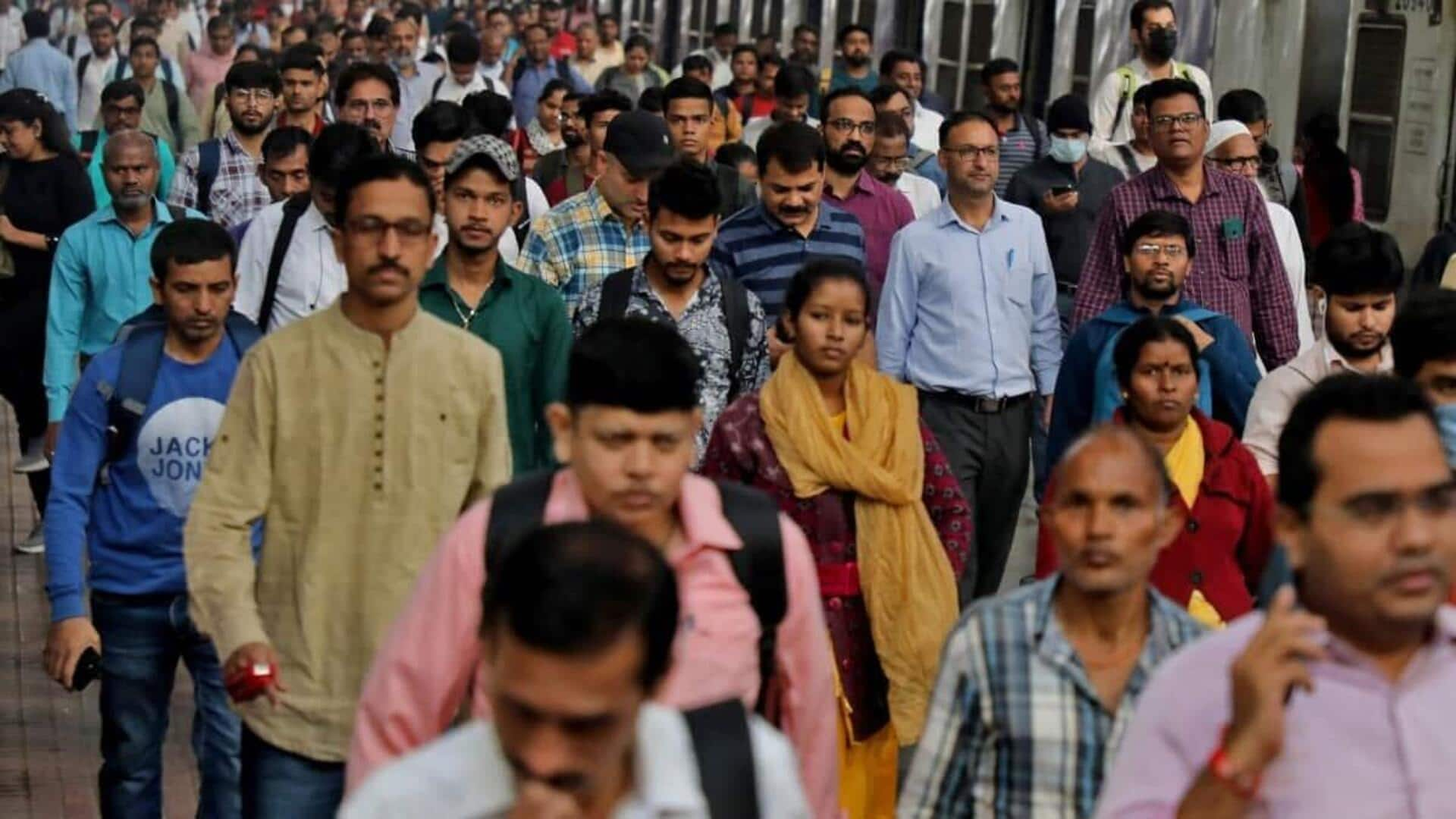
National population census to begin from March 1, 2027
What's the story
The long-pending national census and caste enumeration will start on March 1, 2027. However, in Jammu and Kashmir, Ladakh, Himachal Pradesh, and Uttarakhand, the process may start earlier, from October 1, 2026. Government sources told India Today that preparations for this large-scale population count have been scheduled. The national census was originally slated to commence in April 2020 but was postponed due to the COVID-19 outbreak.
Twitter Post
Census to be conducted in two phases
Population Census-2027 to be conducted in two phases along with enumeration of castes
— Spokesperson, Ministry of Home Affairs (@PIBHomeAffairs) June 4, 2025
Read here: https://t.co/5Nt4QOPqda@HMOIndia @PIB_India pic.twitter.com/avUqB878d2
Census update
Announcement by Union Minister Ashwini Vaishnaw
Union Minister Ashwini Vaishnaw had earlier announced that the Cabinet Committee on Political Affairs approved the inclusion of caste enumeration in the next census. He called it a step toward ensuring social and economic empowerment and holistic national progress. "Caste enumerations should be transparent and included in the census for the sake of informed policymaking," he added.
Caste debate
Demand for nationwide caste census
The demand for a nationwide caste census has been raised by several political parties, including the Congress and the INDIA bloc. Recently, Karnataka conducted its own caste survey, which faced criticism from Vokkaliga and Lingayat communities over representation issues. In 2022, Bihar became the first state in independent India to successfully enumerate all castes. The last census in 2011 showed that India has a population of over 121 crore, which is a growth rate of 17.7 percent.
After
Delimitation process begins after census
After the census is done, the delimitation process, which is the redrawing of boundaries for Lok Sabha and state assembly constituencies, should start. In laymen's terms, the process of updating the number and boundaries of parliamentary and assembly constituencies based on the most recent demographic data is known as delimitation. This is done to ensure that each MP or MLA represents roughly the same number of people, as well as fair representation for expanding populations.